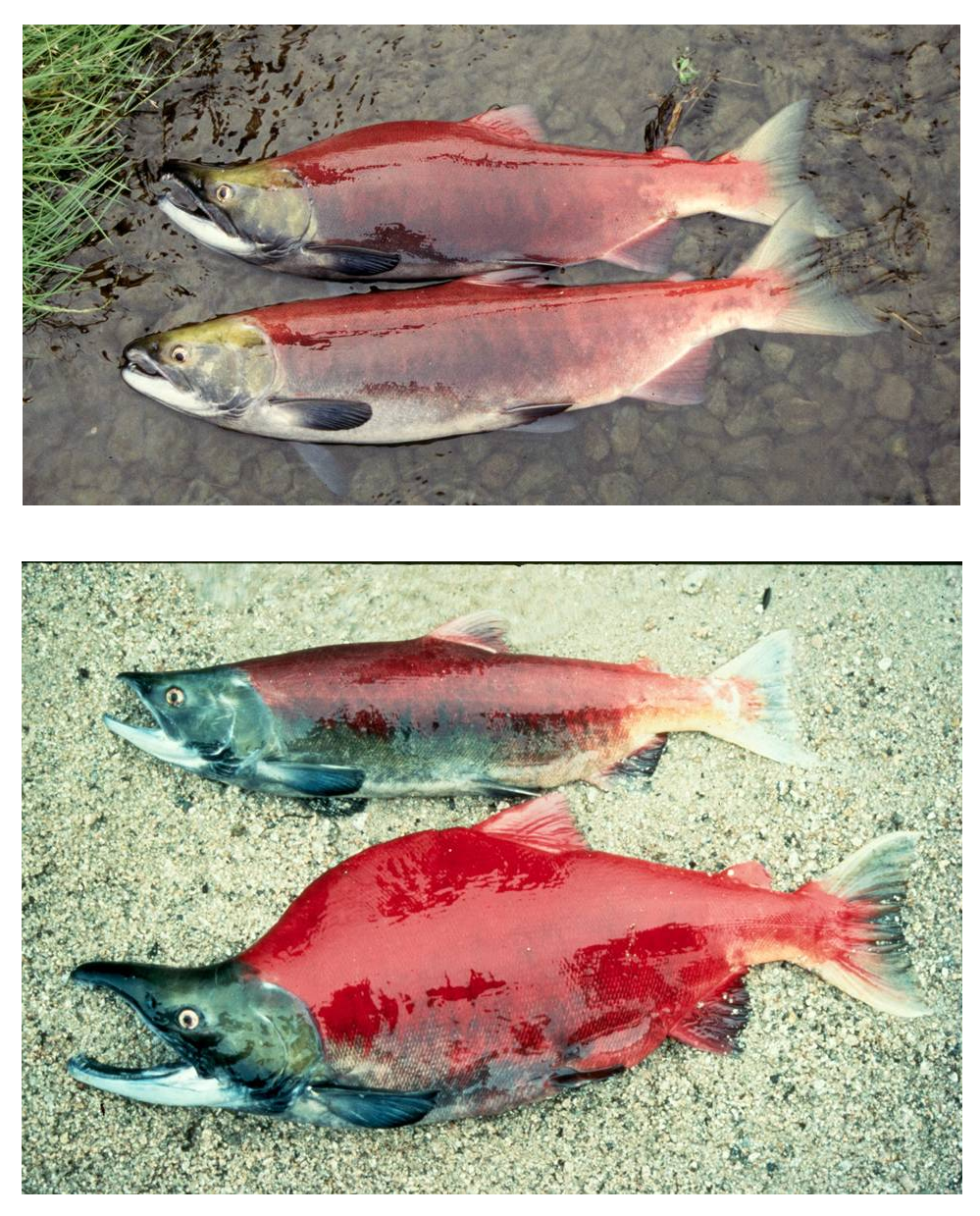|
By: Tina Whitaker As biodiversity continues to decrease at an alarming rate, scientists are looking to new tools to answer key ecological questions, resulting in the development of combined fields, such as conservation genetics, molecular ecology and ecological genomics. These disciplines of biology use molecular tools to answer ecological questions. Some examples of questions that can be answered using molecular tools to better understand wild populations are:
There are a few genetic markers that are commonly used in molecular ecology, including microsatellites, single nucleotide polymorphisms (SNPs), and mitochondrial (mt) DNA. Marker choice depends on the goal of the study and markers are sometimes used in concert. With the advent of next generation sequencing (NGS), a high throughput technique of sequencing in a parallel fashion, we now have the ability to identify more markers and use larger portions of the genome, providing a refined analysis. Genomic level data has led to the discussion of whether there is a need for such a high level of detail when it comes to management applications. On one side, the types of studies arising from genomic applications may not provide results that are easily translated into management actions. But, on the flip side, genomic data can highlight diversity that was originally masked and provide information on adaptive genetic variation. Prior to NGS, most studies analyzed neutral genetic diversity, meaning that the markers used do not undergo natural selection. Analyzing adaptive genetic diversity leads to an understanding of how these populations are adapting to their local habitats, as well as a changing environment. However, the drawbacks are that these studies are expensive and cannot usually be extrapolated to other populations, habitats, or species. Within the field of fisheries, genomic studies have been used to examine the diversity of salmonid life history traits, specifically migratory behaviors. Salmonids vary in the timing of migration and the propensity to migrate, and within a single population, both resident and migratory life histories exist (Carlson and Seamons 2008, Nichols et al. 2016). This can be important to conservation because the movement of fish may be connected to important metrics, including fitness, productivity, genetic diversity, local adaptation, and connectivity of populations (Peterson et al. 2014). Knowledge of these metrics can be critical to sustainable management of a species.
Nichols et al. (2016) used NGS to investigate the divergence of the migratory and resident ecoytpes of Sockeye salmon (Oncorhynchus nerka) with the intent to connect this line of research to management and conservation actions. The authors identified putative adaptive markers associated with migratory ecoytpes, differentiating three populations. Based on these data, they recommended the maintenance of these ecoytpes for long-term stability. Adaptive markers can be used to stock Sockeye salmon based on the specific migratory ecotype, preserving local adaptation and diversity across the populations. Additionally, this information can be used to reintroduce Sockeye salmon to places where they have been extirpated, which has not been successful in the past, possibly due to using an ecotype of fish that were not adapted to the location (Burger et al. 2000). This study could be the beginning to unlocking the key to successful management and reintroduction of Sockeye salmon when other methodologies have failed. References: Burger, C. V., Scribner, K. T., Spearman, W. J., Swanton, C. O., & Campton, D. E. (2000). Genetic contribution of three introduced life history forms of Sockeye Salmon to colonization of Frazer Lake, Alaska. Canadian Journal of Fisheries and Aquatic Science, 57, 2096–2111. Carlson, S. M., & Seamons, T. R. (2008). A review of quantitative genetic components of fitness in salmonids: Implications for adaptation to future change. Evolutionary Applications, 1, 222–238. Nichols et al. 2016. Genomic signatures among Oncorhynchus nerka ecotypes to inform conservation and management of endangered Sockeye Salmon. Evolutionary Applications. DOI: 10.1111/eva.12412 Peterson et al. 2014. Local adaptation limits lifetime reproductive success of dispersers in a wild salmon metapopulation. Nature Communications. DOI: 10.1038/ncomms4696 Shafer et al. 2015. Genomics and the challenging translation into conservation practice. Trends in Ecology & Evolution. 30 (2): 78-87.
2 Comments
An “ick” is one of those little habits or behaviors that people find unattractive in a date or romantic partner. Icks are normally not dealbreakers, but they can be if they’re offensive or frequent enough. In this article, we’ll cover all of the most common icks—whether you want to know what turns people off or find out more about what to avoid yourself. Keep in mind that many of these are fairly subjective and may even be stereotypical—we just rounded up the most common icks that people report as turn-offs.
Reply
Leave a Reply. |
Janosik LabWelcome to our lab blog. Members of the lab will write posts about current research, science or topics of interest. We look forward to your comments! Archives
December 2017
Categories |


 RSS Feed
RSS Feed